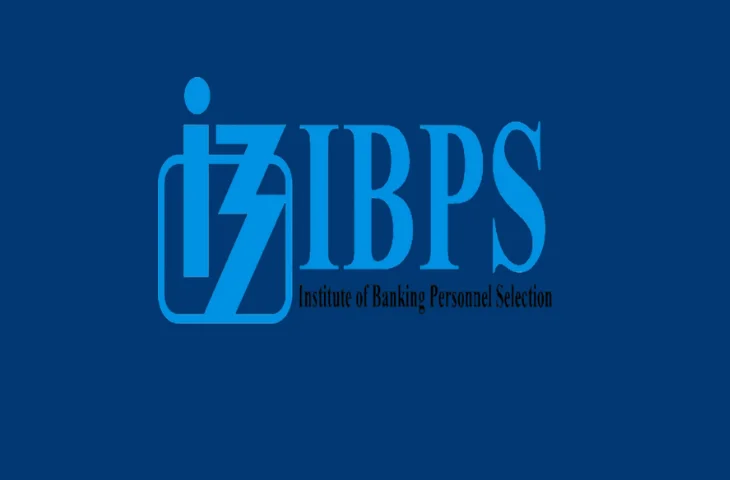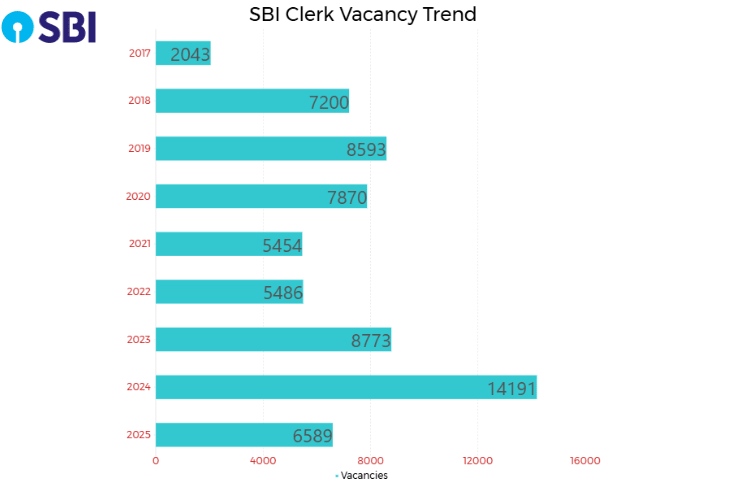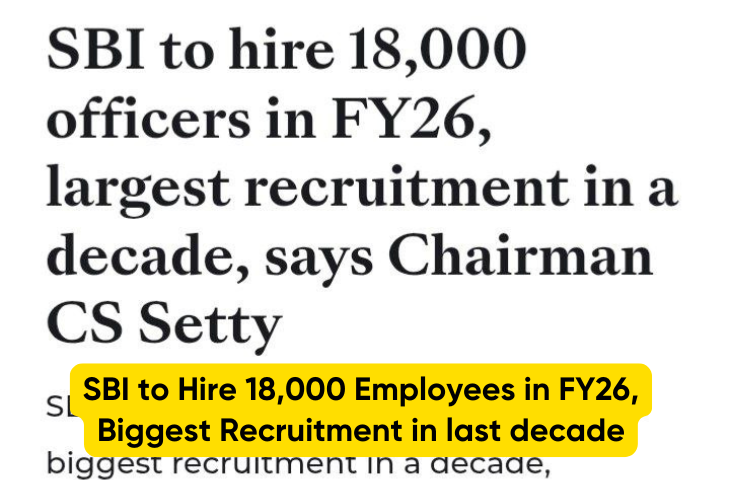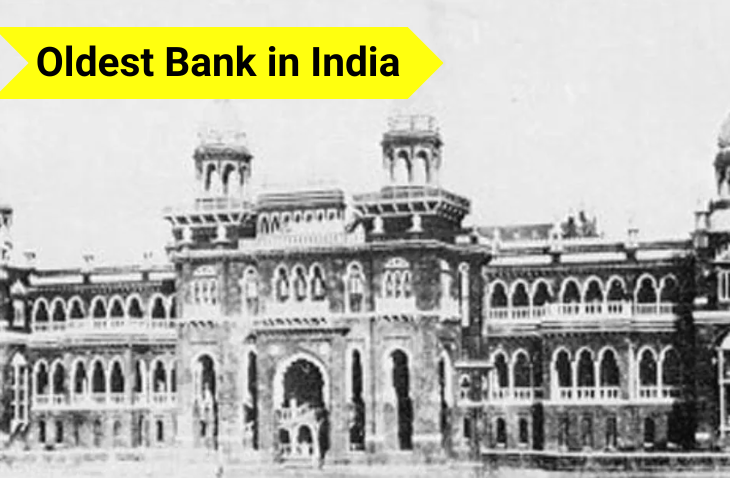The banking system in India started in the late 17th century with the creation of the first banks to serve traders and businesses. Over time, more banks were established, merged, or closed, shaping the country’s financial system. Today, the Reserve Bank of India (RBI) manages and regulates all banks, ensuring financial stability, controlling money flow, and supporting economic growth. Indian banks now provide services across cities, towns, and villages, making banking accessible to everyone.
The Oldest Bank in India
The oldest bank in India, “The Madras Bank,” was established in the late 17th century. It was created to serve British traders and the East India Company. Over time, it merged with other banks, and its legacy continues in India’s biggest public sector bank today. Knowing the first bank helps us understand the start of organized banking in India.
- Bank Name: The Madras Bank
- Year Founded: 1683
- Location: Madras Presidency (now Chennai)
- Status: Merged into Bank of Madras in 1843, which later became part of the Imperial Bank of India, and then evolved into the State Bank of India (SBI)

List of Top 12 Oldest Banks in India
Over the years, many banks were created across India. Some survived for decades, while others merged into bigger banks. These banks played an important role in trade, credit, and India’s financial system. The list below shows the 12 oldest banks and their key details.
| Rank | Bank Name | Year Founded | Location | Status / Notes |
| 1 | The Madras Bank | 1683 | Madras (Chennai) | Merged into Bank of Madras → Imperial Bank → SBI |
| 2 | Bank of Bombay | 1720 | Bombay (Mumbai) | Closed in 1770 |
| 3 | Bank of Hindustan | 1770 | Calcutta (Kolkata) | Liquidated in 1832 |
| 4 | General Bank of Bengal and Bihar | 1773 | Bengal Presidency | Closed in 1775 |
| 5 | Bengal Bank | 1784 | Bengal Presidency | Closed in 1791 |
| 6 | General Bank of India | 1786 | India | Closed in 1791 |
| 7 | Carnatic Bank | 1788 | Madras Presidency | Merged into Bank of Madras → SBI |
| 8 | British Bank of Madras | 1795 | Madras Presidency | Merged into Bank of Madras → SBI |
| 9 | The Asiatic Bank | 1804 | Madras Presidency | Merged into Bank of Madras → SBI |
| 10 | Bank of Calcutta (later Bank of Bengal) | 1806 | Calcutta (Kolkata) | Merged into Imperial Bank → SBI |
| 11 | Allahabad Bank | 1865 | Allahabad (UP) | Nationalized in 1969, merged with SBI in 2020 |
| 12 | Punjab National Bank | 1894 | Lahore (now Pakistan) | One of the oldest surviving banks, still operating |
Modern-Day Banking System in India
Today, India’s banking system is very well-organized. Modern-day banking provides services like savings accounts, loans, online banking, and digital payments like UPI across the country, including rural areas. The Reserve Bank of India (RBI) regulates and supervises all banks to ensure safety and stability. A strong banking system supports India’s economy, which has a GDP of over $4 trillion, helping businesses grow and improving financial access for millions of people.
FAQs
A: The first bank in India was The Madras Bank, founded in 1683 in the Madras Presidency (now Chennai).
A: The State Bank of India (SBI) is the oldest bank still functioning today. It started as the Bank of Calcutta in 1806 and later became SBI.
A: The Reserve Bank of India (RBI) regulates and supervises all banks in the country to ensure safety, stability, and smooth operations.
- SBI PO Mains & Final Score Card 2025 Out, Check Mains and Interview Marks

- IBPS SO Mains Scorecard 2025 Out, Check and Download Marks

- SBI Clerk Vacancy 2025 Out, State Wise Vacancy List 6589 Seats

- Bank Mergers List in India, 1993 to 2025, Latest Updates

- Bank of India Credit Officer Cut Off 2025-26, Check Details

- SBI to Hire 18,000 Employees in FY26, SBI Hiring Update

Hi, I’m Tripti, a senior content writer at Oliveboard, where I manage blog content along with community engagement across platforms like Telegram and WhatsApp. With 3+ years of experience in content and SEO optimization related to banking exams, I have led content for popular exams like SSC, banking, railways, and state exams.
